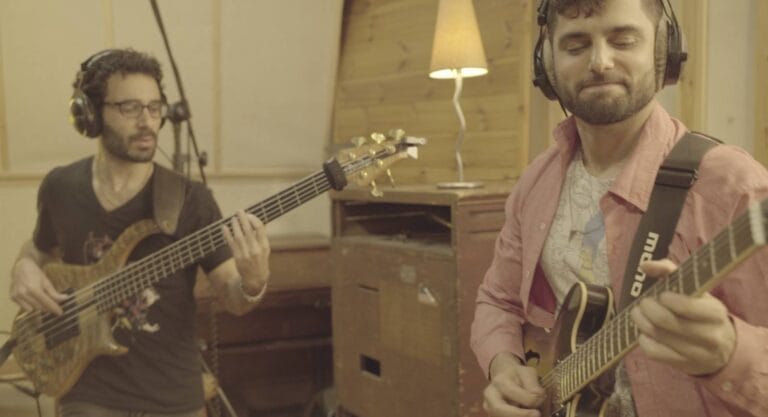The Power of The 9th Note
Unleashing the Power of the “Nine”.
How to Incorporate the 9th note / 2nd Degree Into Your Playing.
Are you looking to add a rich and expressive sound to your playing? Incorporating the 9th note or 2nd degree, into your chord progressions and melodies can be the key. Whether you’re playing a major or minor chord, adding the 9th note can add depth and color to your sound.
To get started, it’s important to familiarize yourself with the location of the different chord’s 9th note on your instrument’s neck and how to incorporate it into your chord voicings and melodies. Practice and study can help you master the art of using the 9th note to add expression and interest to your music. Don’t be afraid to experiment with different voicings and melodies – the 9th note can take your playing to the next level.
The 9th is a commonly used note in music theory that adds depth and expression into your playing. It is the 2nd degree of the scale and is the same as the 2nd degree of the natural minor scale in a major scale. For example, the 9th in the key of C major is D and in the key of A minor it is B.
The 9th note is often used in chord progressions and melodies to add color and interest to the sound. It can be added to a chord by replacing the root with the 9th note or by lowering the third to create a sus2 voicing. For example, an E major chord can be voiced as E-G#-B or as F#-G#-B, creating an E9 or an Esus2 chord, respectively.
In melodies, the 9th note can add a sense of resolution or tension depending on how it is used in relation to the chord progression. For example, when used over a dominant chord, the 9th creates tension that is resolved into the root of the next chord.
Incorporating the 9th note of the chord into your playing can add depth and expression to your music. It’s an important concept to understand and can significantly enhance your playing with practice and study. So don’t be afraid to experiment and try out different voicings and melodies with the 9th note – it can take your playing to the next level!
- The 9th or 2nd degree, adds depth and expression to your playing
- Familiarize yourself with the location of the 9th on your instrument’s neck and how to incorporate it into your chord voicings and melodies
- The 9th can be added to chords by replacing the root or lowering the third to create a sus2 voicing
- In melodies, the 9th can add a sense of resolution or tension depending on how it is used in relation to the chord progression
- Incorporating the 9th into your playing can enhance your music with practice and study
- Don’t be afraid to experiment with different voicings and melodies using the 9th.



















